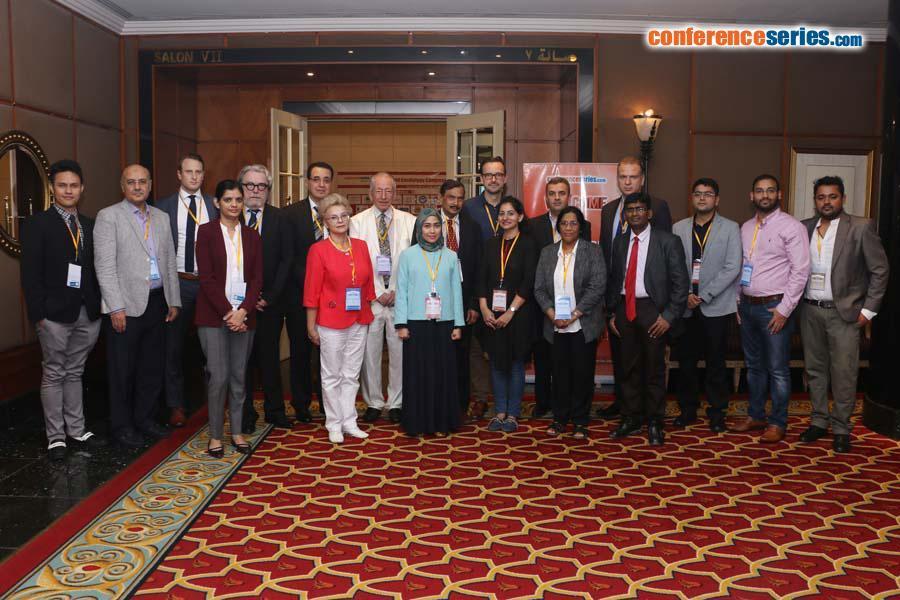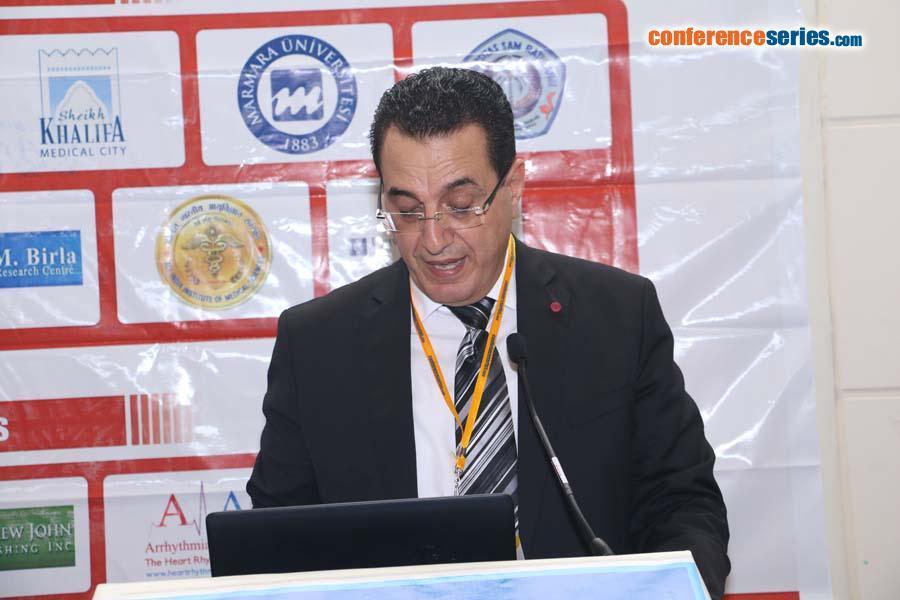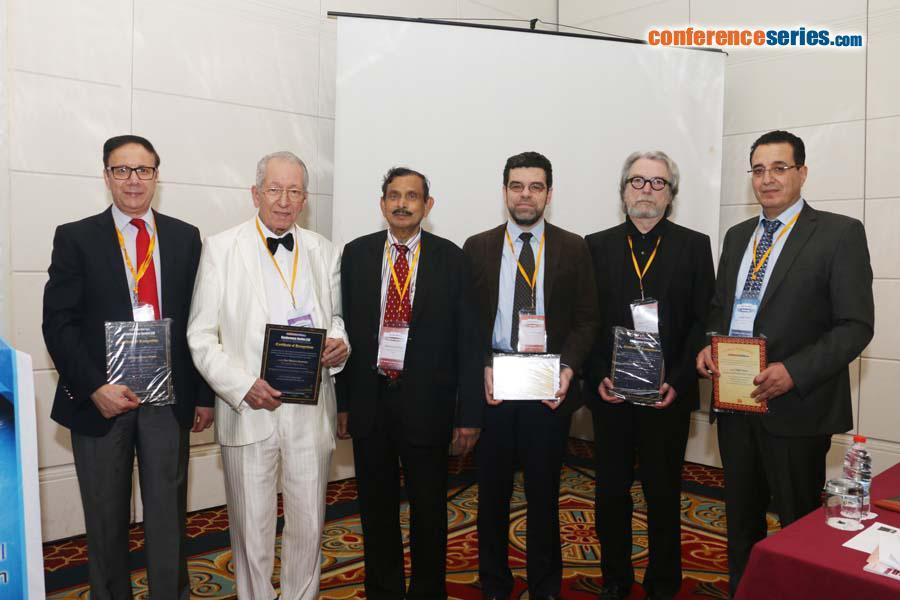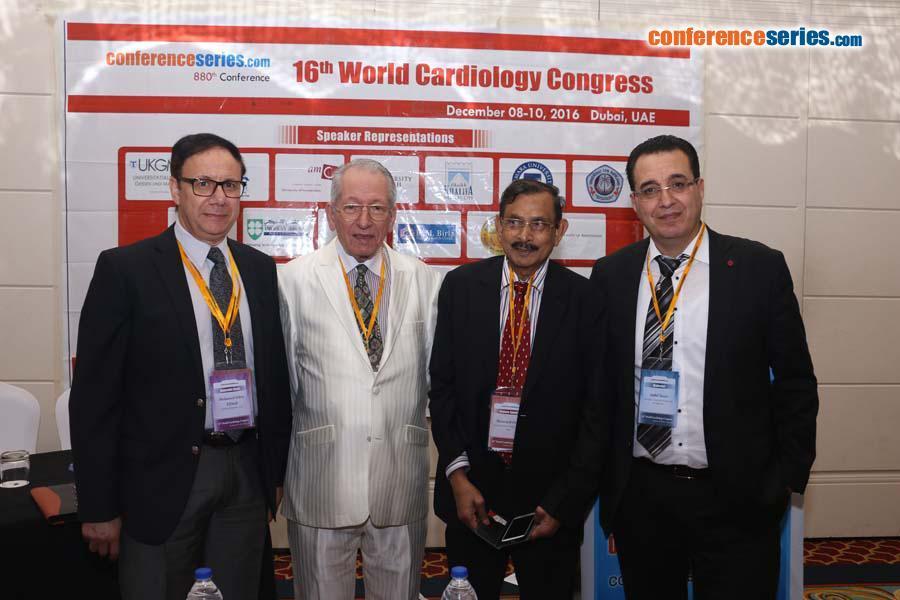
Nabil Naser
Sarajevo University, Bosnia and Herzegovina
Title: Echocardiographic assessment of ischemic mitral regurgitation, mechanism, severity, impact on treatment strategy and long term outcome
Biography
Biography: Nabil Naser
Abstract
Introduction: Due to the large number of patients with acute MI, the incidence of ischemic MR is also high. Ischemic mitral regurgitation is a complex multifactorial disease that involves left ventricular geometry, the mitral annulus, and the valvular/subvalvular apparatus. Ischemic mitral regurgitation is an important consequence of LV remodeling after myocardial infarction. Echocardiographic diagnosis and assessment of ischemic mitral regurgitation are critical to gauge its adverse effects on prognosis and to attempt to tailor rational treatment strategy.
Reaserch Objectives: The objective of this study is to determine the role of echocardiography in detecting and assessment of mitral regurgitation mechanism, severity, impact on treatment strategy and long term outcome in patients with myocardial infarction during the follow up period of 5 years. Patients and methods: The study covered 138 adult patients. All patients were subjected to echocardiography evaluation after acute myocardial infarction during the period of follow up for 5 years. We evaluated mechanisms and severity of mitral regurgitation which includes the regurgitant volume (RV), effective regurgitant orifice area (EROA), the regurgitant fraction (RF), Jet/LA area, also we measured the of vena contracta width (VC width cm) for assessment of IMR severity, papillary muscles anatomy and displacement, LV systolic function ± dilation, LV regional wall motion abnormality WMA, LV WMI, Left ventricle LV remodeling, impact on treatment strategy and long term mortality. Results: We analyzed and follow up 138 patients with previous (>16 days) Q-wave myocardial infarction by ECG who underwent TTE and TEE echocardiography for detection and assessment of ischemic mitral regurgitation (IMR) with baseline age (62 ± 9), ejection fraction (EF 41±12%), the regurgitant volume (RV) were 42±21 mL/beat, and effective regurgitant orifice area (EROA) 20±16 mm2, the regurgitant fraction (RF) were 48±10%, Jet/LA area 47±12%.







